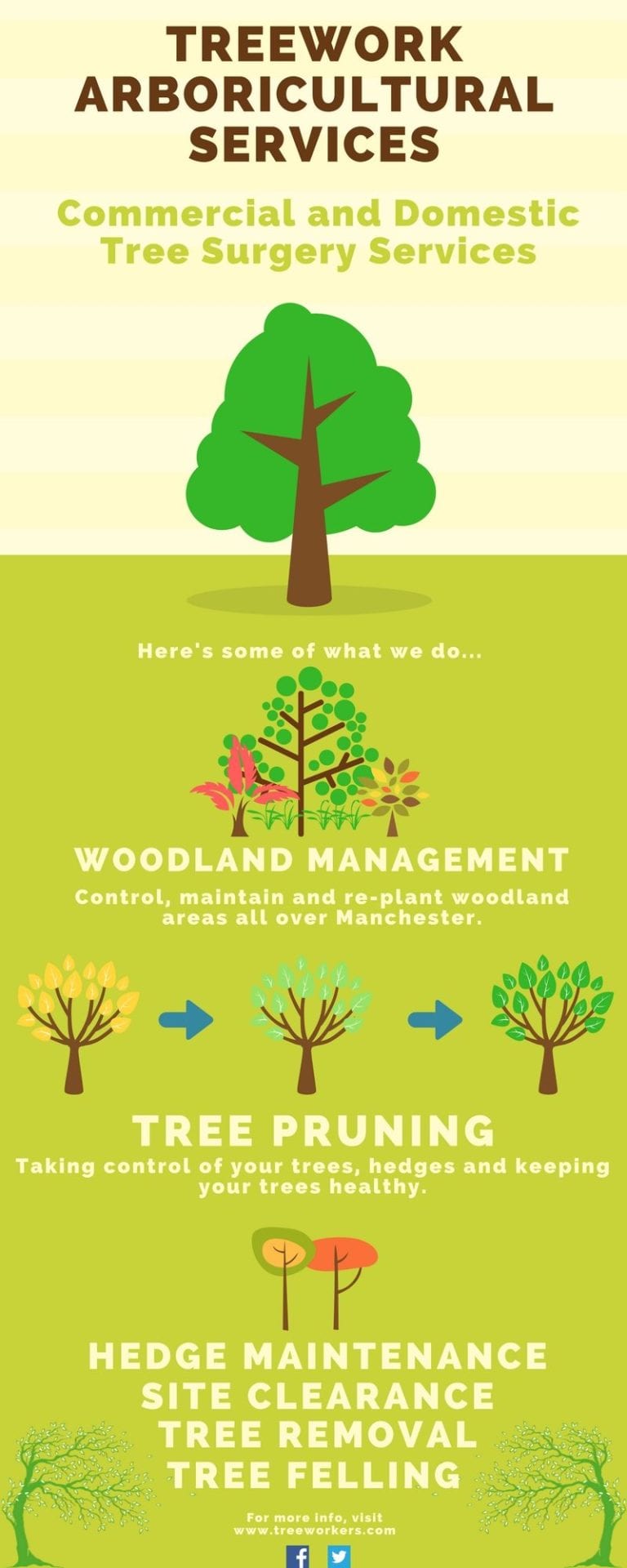Can Trees Be Preserved? Indicators For Necessary Tree Elimination
Can Trees Be Preserved? Indicators For Necessary Tree Elimination
Blog Article
Write-Up Written By-McCollum Levy
If you've ever before wondered about the fate of the trees on your residential or commercial property, recognizing when it's time for removal is essential. But exactly how do you figure out if a tree can be saved or if elimination is the only alternative? By seeking details signs and assessing safety and security dangers, you can make educated decisions that benefit both your landscape and your surroundings. Let's check out the vital elements that come into play when determining the destiny of a tree and how you can guarantee the very best result for your environment-friendly friends.
Indications of Tree Decline
If you discover any one of the following indicators of tree decrease in your backyard, it might be time to think about tree removal.
One usual sign is dead or decaying branches, which can suggest underlying concerns affecting the tree's health. Watch out for discolored or shrivelled leaves that continue despite proper treatment, as this could be a sign of disease or bugs.
An additional warning signal is excessive leaning or a recognizable shift in the tree's base, which may suggest origin problems or architectural instability. Watch out for fungal growth on the trunk or roots, as this can show rot and compromise the tree's security.
Additionally, if you observe big fractures in the trunk or major limbs, it's crucial to attend to these concerns quickly to prevent prospective threats. Resolving these indications of tree decline immediately can assist preserve the security and aesthetic appeals of your yard setting.
Safety Worries
To guarantee the health of your residential or commercial property and those around you, focusing on safety and security issues associated with trees is extremely important. How To Remove A Tree Stump By Burning With Vegetable Oil can pose various safety and security risks otherwise appropriately kept. Dead or rotting branches might fall all of a sudden, jeopardizing individuals or harmful structures.
Leaning trees can likewise be hazardous, especially if they're leaning in the direction of a structure or power lines. In addition, trees with substantial root systems near foundations or underground energies can trigger considerable damage with time.
It's important to regularly examine your trees for any type of signs of possible danger. Keep https://www.healthline.com/health/what-makes-hair-grow out for fractures in the trunk, big cavities, or indicators of disease and degeneration. If you see any of these issues, it's best to talk to a professional arborist to assess the scenario and establish the needed course of action.
Taking proactive steps to attend to security worries quickly can protect against accidents and building damage in the future. Bear in mind, the security of your property and those around you need to always be the top priority when it pertains to tree upkeep.
Consulting an Arborist
When considering the health and wellness of your trees, getting in touch with an arborist is a vital step. Arborists are educated professionals who concentrate on the care and maintenance of trees. They can analyze the overall health of your trees, identify any kind of issues such as conditions or architectural issues, and give experienced referrals on the very best strategy.
By speaking with an arborist, you can obtain valuable understandings into the condition of your trees and establish whether elimination is required. Arborists have the knowledge and experience to assess the dangers connected with keeping a tree versus removing it. They can additionally use support on alternative remedies, such as pruning, cabling, or bracing, to help maintain the tree whenever possible.
Additionally, arborists can assist you navigate any local guidelines or allows that may be required for tree removal. Their experience can make certain that the procedure is performed safely and in conformity with any relevant laws.
Final thought
In conclusion, when identifying whether trees can be saved or if removal is necessary, it is important to think about indications of decline and security worries. Consulting an arborist for a comprehensive assessment is vital in making the very best decision for the tree's health and wellness and prospective risks. Remember, proactive treatment and prompt action can assist preserve trees and avoid mishaps.
